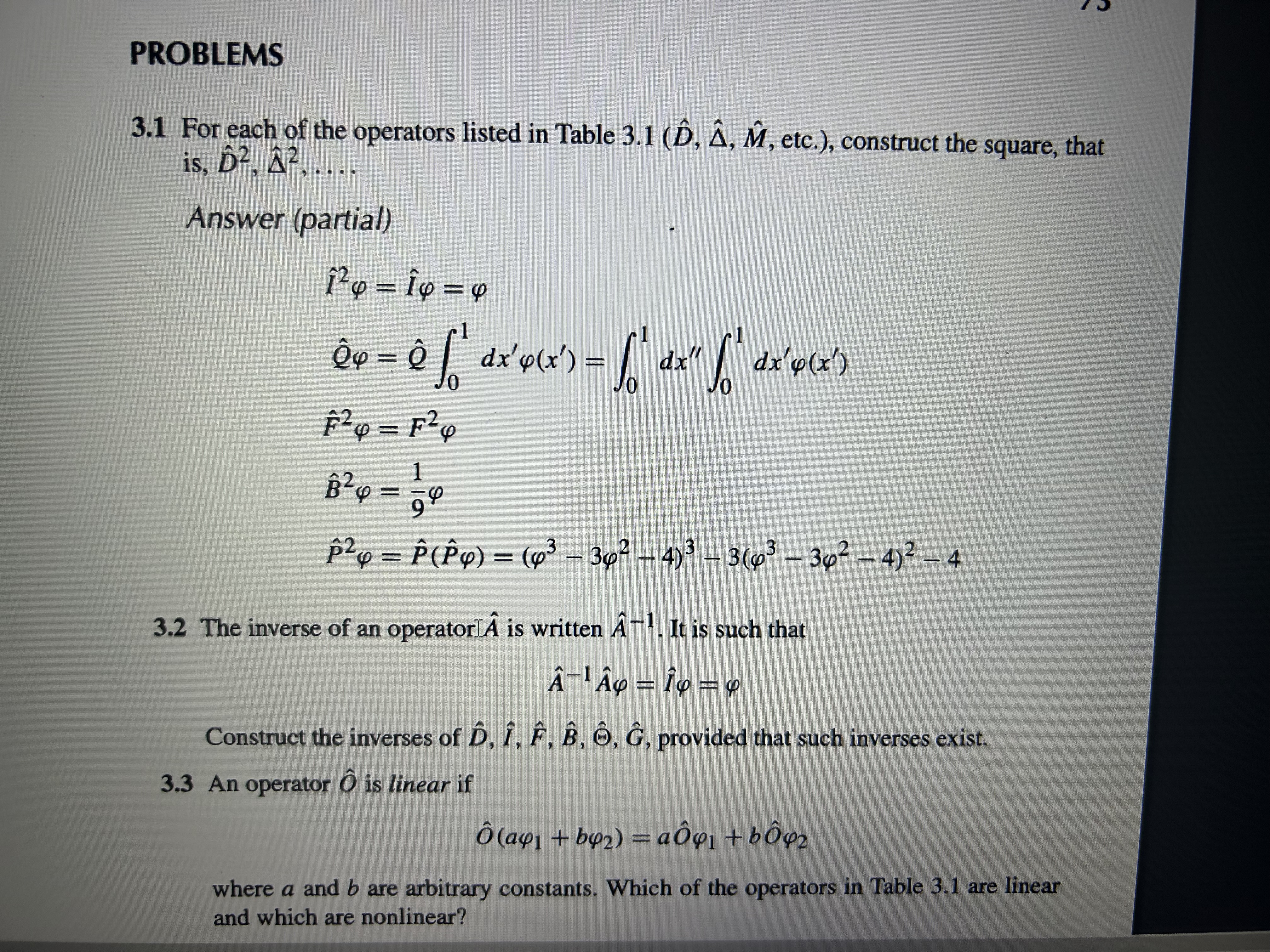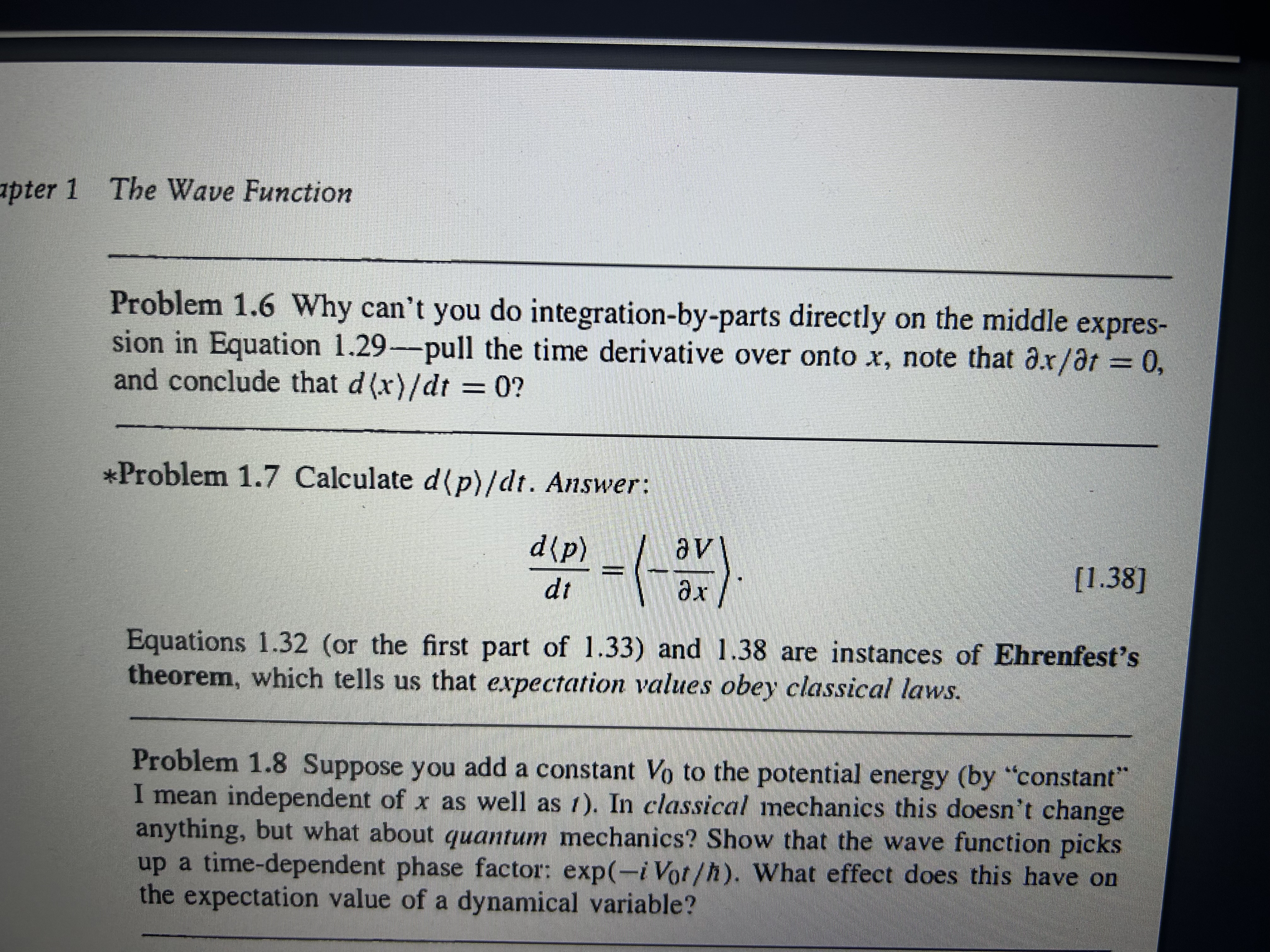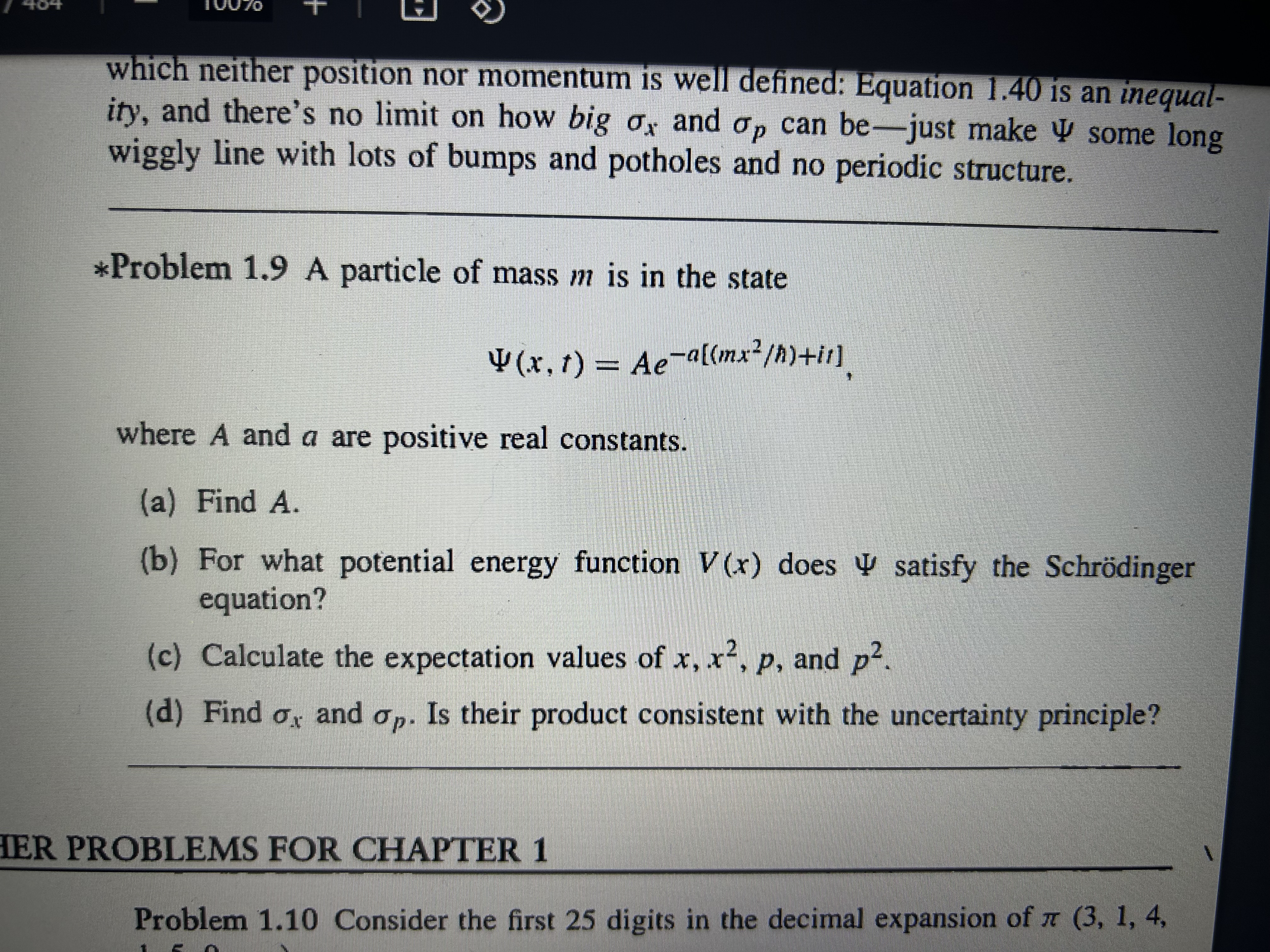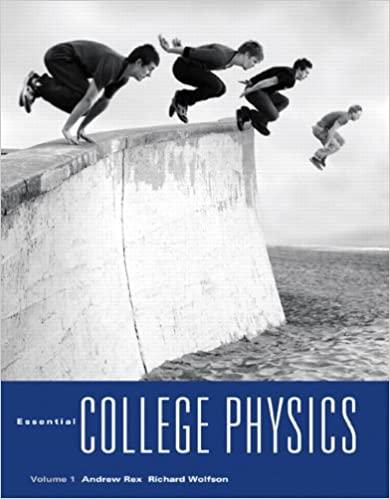Answered step by step
Verified Expert Solution
Question
1 Approved Answer
Can I get the answer for these Quantum Mechanics problems? problems 3.1, 3.2, and 3.3 on page 73 of it. Textbook: Introduction to Quantum Mechanics,
Can I get the answer for these Quantum Mechanics problems?
- problems 3.1, 3.2, and 3.3 on page 73 of it.
- Textbook: Introduction to Quantum Mechanics, 2nd edition, by David J. Griffiths (Pearson Prentice Hall, Upper Saddle River, NJ, 2005).



Step by Step Solution
There are 3 Steps involved in it
Step: 1

Get Instant Access to Expert-Tailored Solutions
See step-by-step solutions with expert insights and AI powered tools for academic success
Step: 2

Step: 3

Ace Your Homework with AI
Get the answers you need in no time with our AI-driven, step-by-step assistance
Get Started


